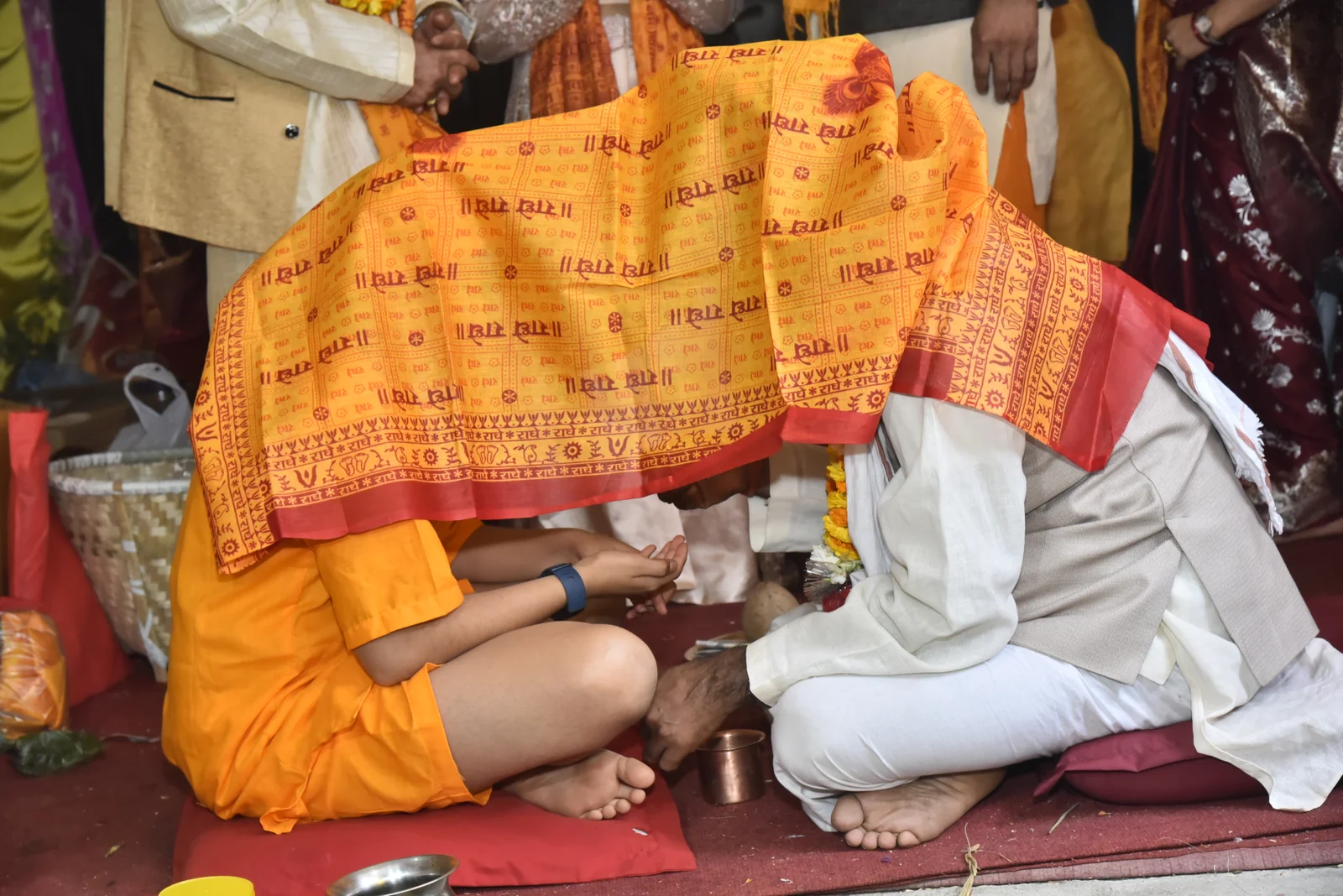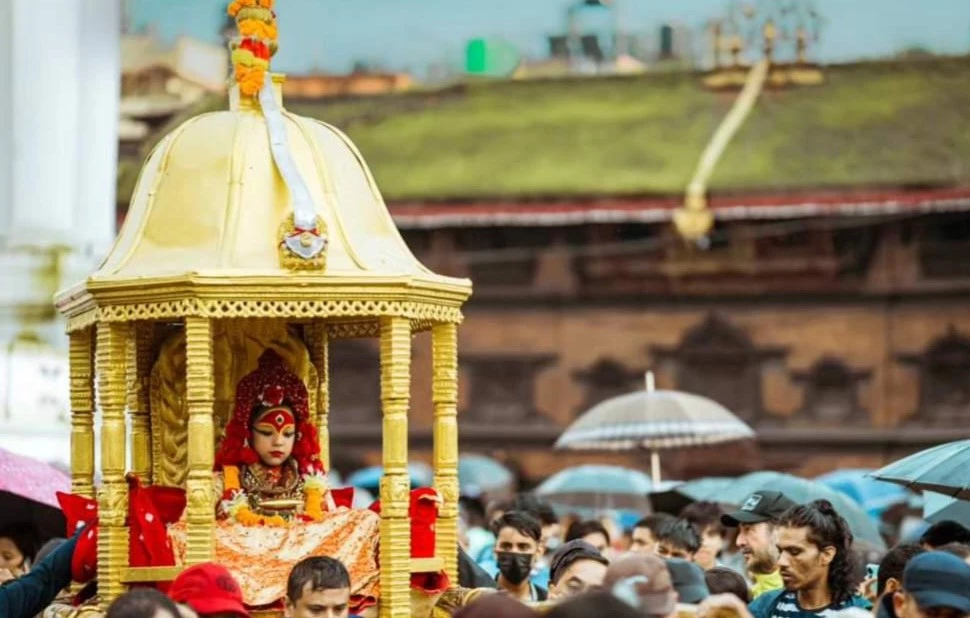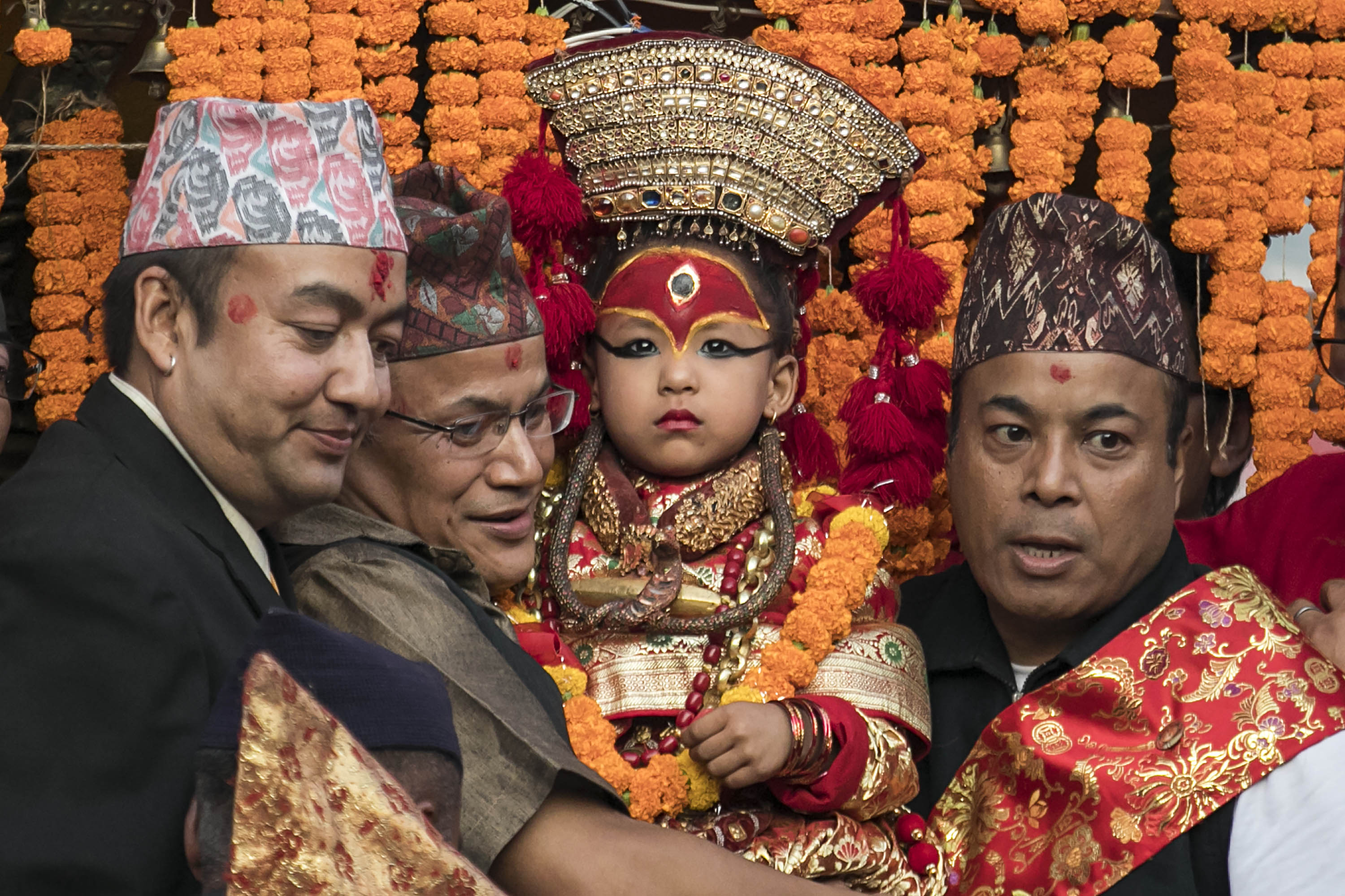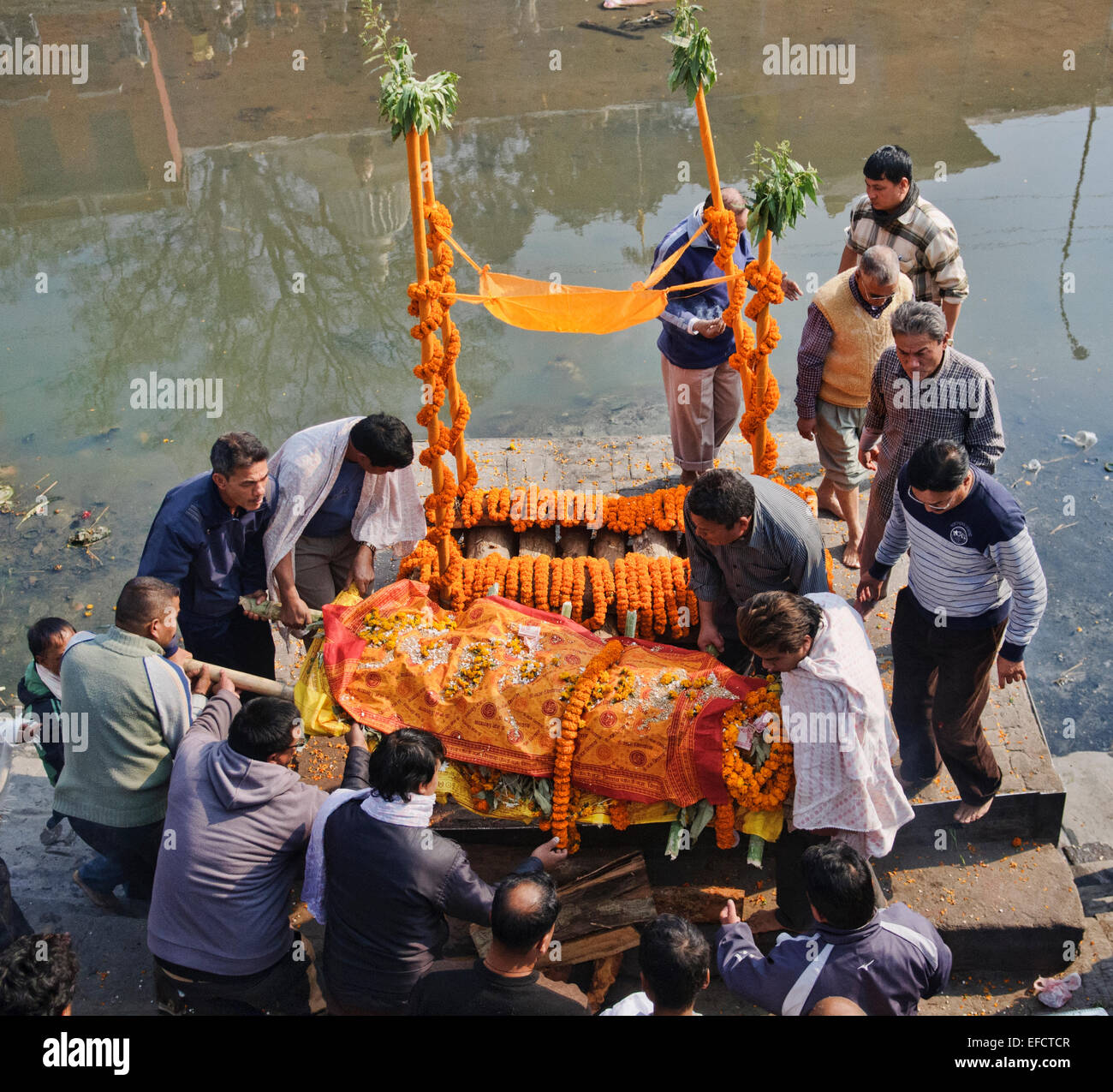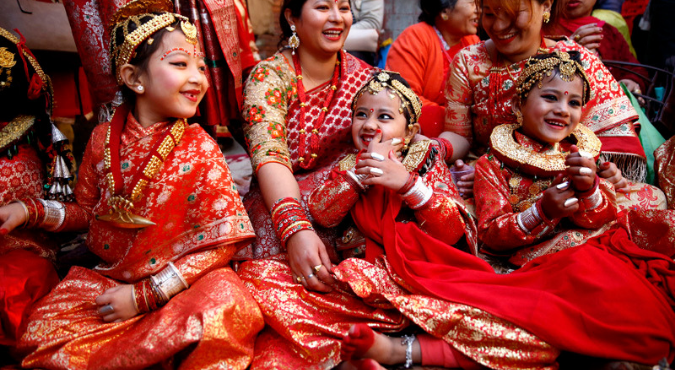Share this Article
The Nepali New Year, celebrated according to the Bikram Sambat (B.S.) calendar, marks the beginning of the new year in Nepal. The date falls between mid-April and early April, with the specific date varying each year, usually falling on Nepalese New Year Day (Nepal Sambat 2080). This day is celebrated with great enthusiasm and excitement across the country. The Nepali New Year is significant not only as a time to mark the passage of time but also as a moment for spiritual renewal, reflection, and family gatherings.
The Bikram Sambat calendar is a solar calendar and is 56.7 years ahead of the Gregorian calendar, making the year in Nepal far ahead of the Western world’s calendar. The rituals surrounding the Nepali New Year are deeply connected to cultural values, spiritual practices, family bonding, and the collective celebration of new beginnings.
1. Cleaning and Preparation for the New Year (Khandara)
In anticipation of the New Year, Nepalese households engage in cleaning rituals. It is a traditional practice to clean the house thoroughly before the arrival of the New Year. This is symbolic of purging old energies, both physical and spiritual, making room for new beginnings, positivity, and prosperity.
-
Deep cleaning is followed by decorating the house with fresh flowers, rangolis (decorative patterns), and prayer flags. Homes are adorned with symbols of auspiciousness, such as swastikas and mangalsutra (sacred thread).
-
The Khandara ritual involves the symbolic cleaning of the house, usually performed by the matriarch of the family. The family members also wash their faces and refresh themselves to welcome the new year.
2. Prayers and Offerings at the Temple
On the day of the Nepali New Year, many people visit temples and shrines to offer prayers for health, wealth, and prosperity. Most devotees start the day by visiting a nearby Shiva temple, Durga temple, or Buddhist stupa to receive blessings for the upcoming year. The offerings include fruits, flowers, and incense.
-
In Kathmandu Valley, particularly, people visit temples like Pashupatinath or Boudhanath Stupa to offer their prayers.
-
For Tibetan Buddhists, the Nepali New Year may coincide with the Tibetan Losar festival, and they celebrate by offering prayers at Gumba (monasteries) and Chhetras (holy sites).
3. Family Gatherings and Feasts
The Nepali New Year is marked by a family gathering. On this day, family members gather to celebrate the occasion and reaffirm their unity. It is common to see Nepali households organizing family feasts featuring traditional dishes. Special foods are prepared to mark the significance of the day.
-
Selroti (Nepali traditional sweet doughnut), juju dhau (a sweet yogurt dessert), and dahi chiura (yogurt with flattened rice) are often served. These dishes symbolize a sweet new year and a wish for prosperity.
-
Dal Bhat (lentils and rice) and Momo (dumplings) are other common foods enjoyed during the celebrations.
This family meal is a way of reaffirming the bonds between relatives and sharing blessings.
4. New Year Greetings and Socializing
One of the most important rituals is the exchange of New Year greetings. During the festival, people greet each other with wishes like "Nepali New Year Ko Subhakamana" (Happy Nepali New Year). People often greet their elders, exchange gifts, and receive blessings for the upcoming year. Elders, especially grandparents and parents, bless younger members of the family for success and prosperity.
-
In rural areas, family and neighbors exchange homemade treats and gifts, visiting each other's homes as part of the day’s socializing.
5. New Clothes (Bikram Sambat Dress)
New clothes are a significant part of the Nepali New Year celebration. People wear new clothes, often in vibrant colors, to symbolize a fresh start and new opportunities. In rural parts of Nepal, especially in ethnic communities, traditional costumes are worn, with Newar communities showcasing their distinctive attire.
-
In Kathmandu Valley, traditional attire such as Haku Patasi for women and Daura Suruwal for men is commonly seen.
-
Some families even purchase new jewelry to wear for the occasion, adding to the sense of renewal and prosperity.
6. Tika and Blessings
The ritual of Tika (a mix of rice, yogurt, and vermilion) is performed during the New Year celebrations. The elders in the family apply the tika on the foreheads of the younger family members and give their blessings. This ritual symbolizes the transfer of blessings from the elders to the younger generation. Along with the tika, the elders may also offer money, often referred to as "Khazana" in local terms.
-
In some regions, the tika ceremony may extend to neighbors and close family friends, with formal prayers said before the Tika is applied.
7. Cultural Events and Festivities
The Nepali New Year is also a time for public celebrations. In major cities such as Kathmandu, Pokhara, and Lalitpur, public events like folk dances, music performances, and cultural exhibitions take place. Traditional dances such as Newar dances, Deuda (folk dance of the far west), and Lakhe Dance are popular during the festivities.
-
Fairs and carnivals also take place in certain regions where people come together to enjoy the cultural and traditional displays.
8. Bikram Sambat Yearly Calendar and New Year Prayers
People also take the time to consult Bikram Sambat calendars to mark auspicious dates for the year ahead. Astrological predictions are an integral part of the New Year celebrations, and many people visit astrologers or pundits to gain insight into the luck or challenges they might face during the year. The astrologer may recommend specific prayers, rituals, or actions that can be performed to ensure success and harmony.
9. Traditional New Year Games and Activities
-
Bhailo and Ropai Jatra: A fun and interactive tradition observed during the Nepali New Year is the celebration of traditional games like Bhailo and Ropai Jatra. In rural areas, communities participate in friendly agricultural competitions to mark the start of the harvest season.
-
Football and volleyball matches are also popular as groups of people come together to play outdoor games in the spirit of unity and good health.
Conclusion
The Nepali New Year, or Bikram Sambat, is not just a celebration of the start of a new year but a deep cultural tradition marked by religious devotion, family bonding, and the reaffirmation of social ties. From cleaning rituals to prayers and feasts, it is a time to refresh both the body and the spirit. With its rich array of customs and practices, the Nepali New Year is an important cultural event that brings communities together and sets the tone for a prosperous year ahead.
Categories:
Culture & Traditions
,
Lifestyle & Local Life
Tags:
tradition
,
Local Life


